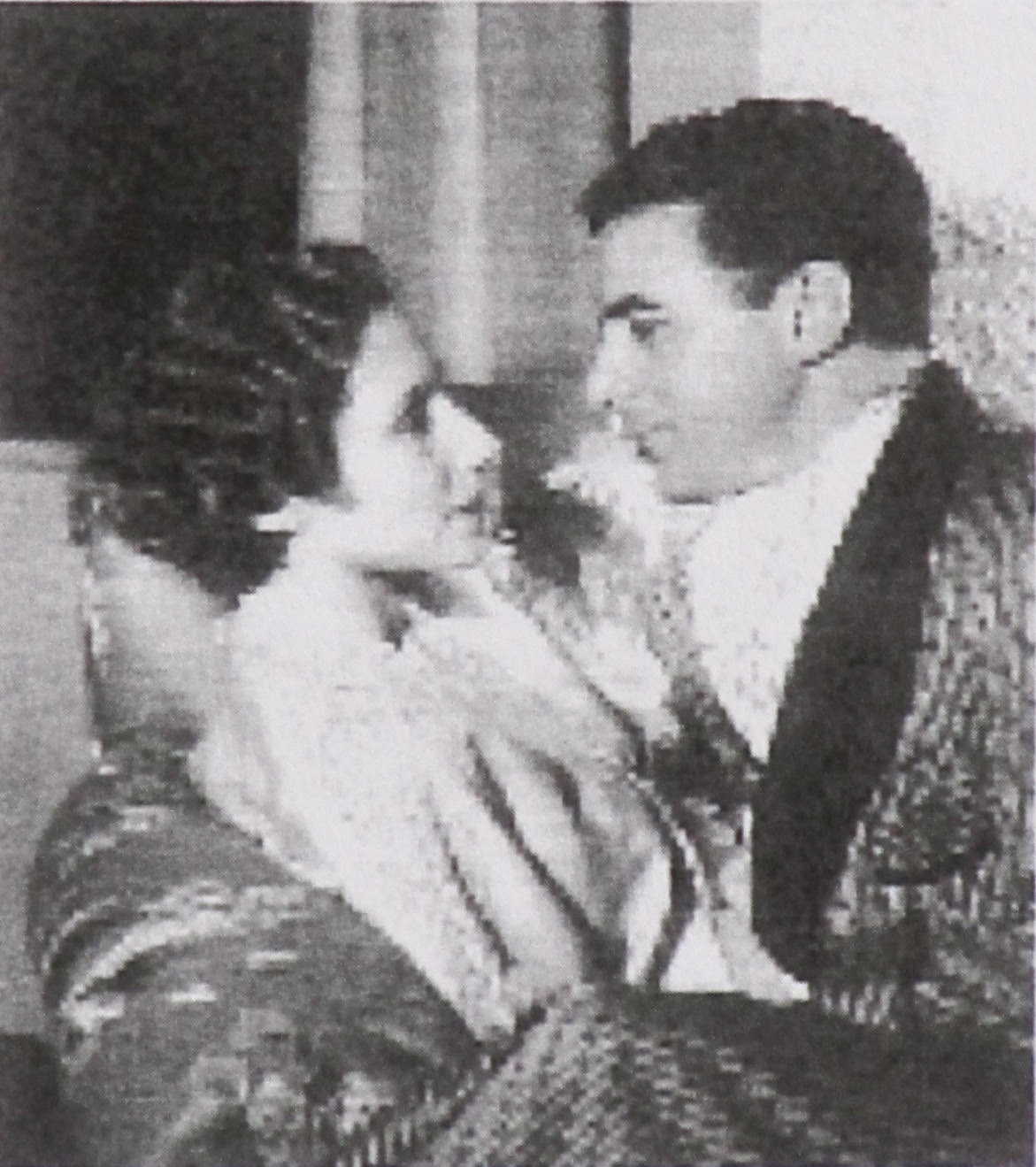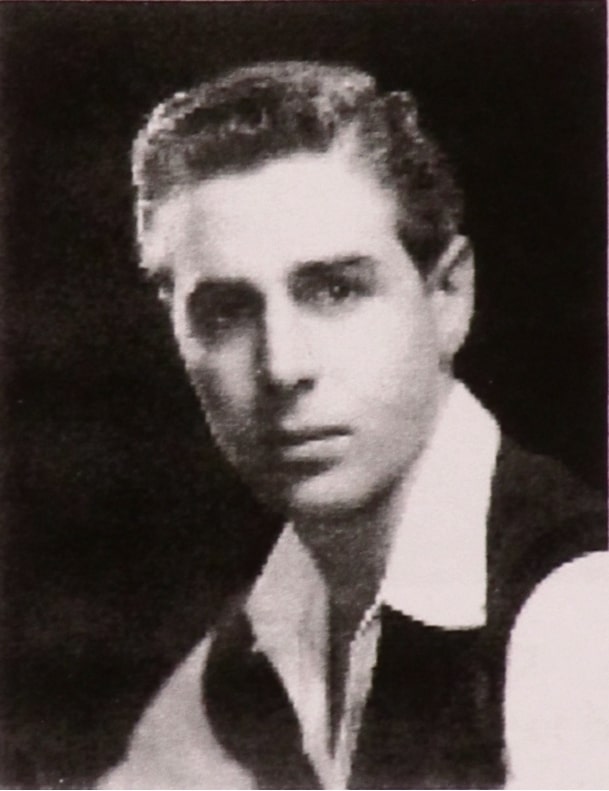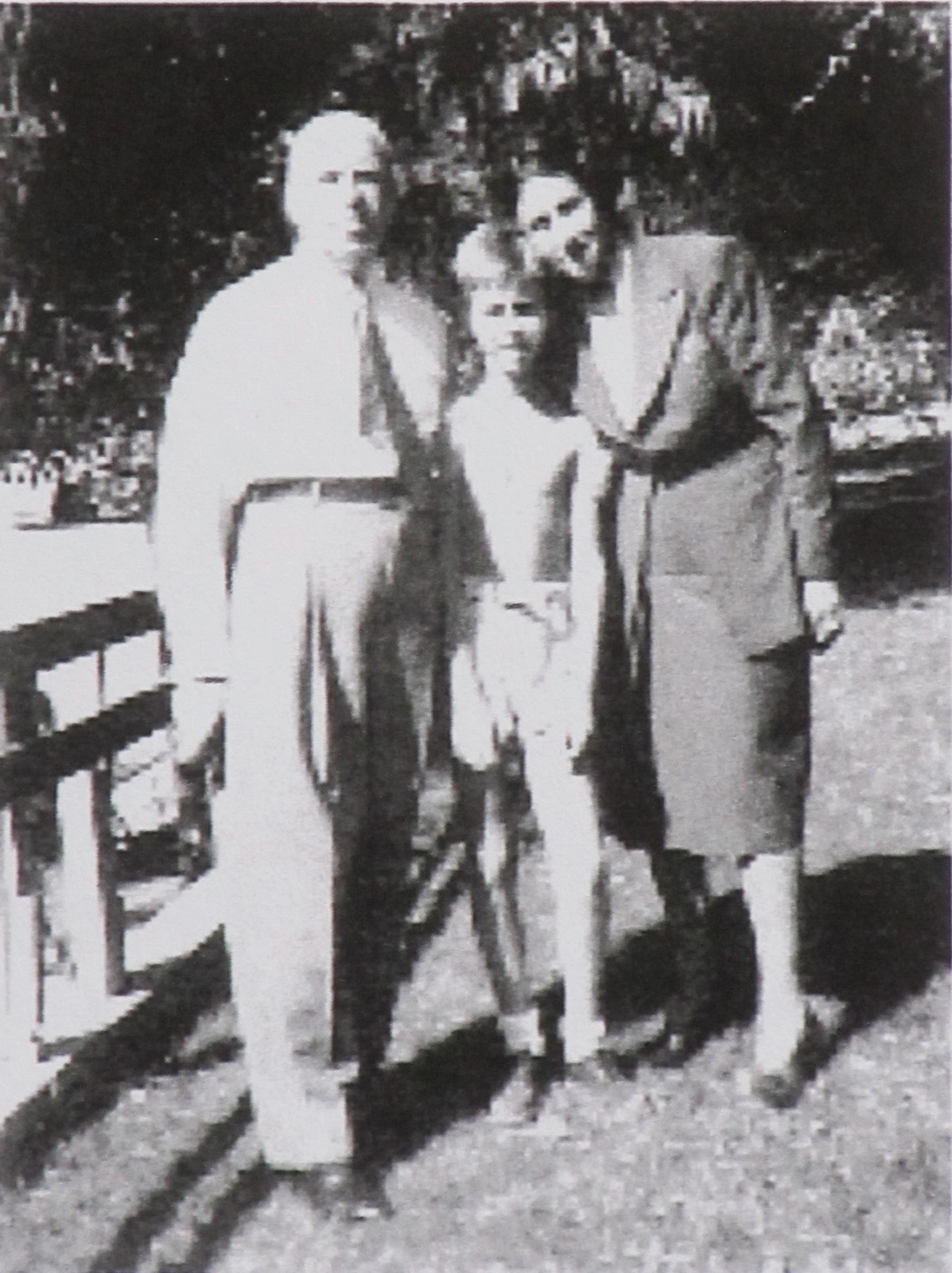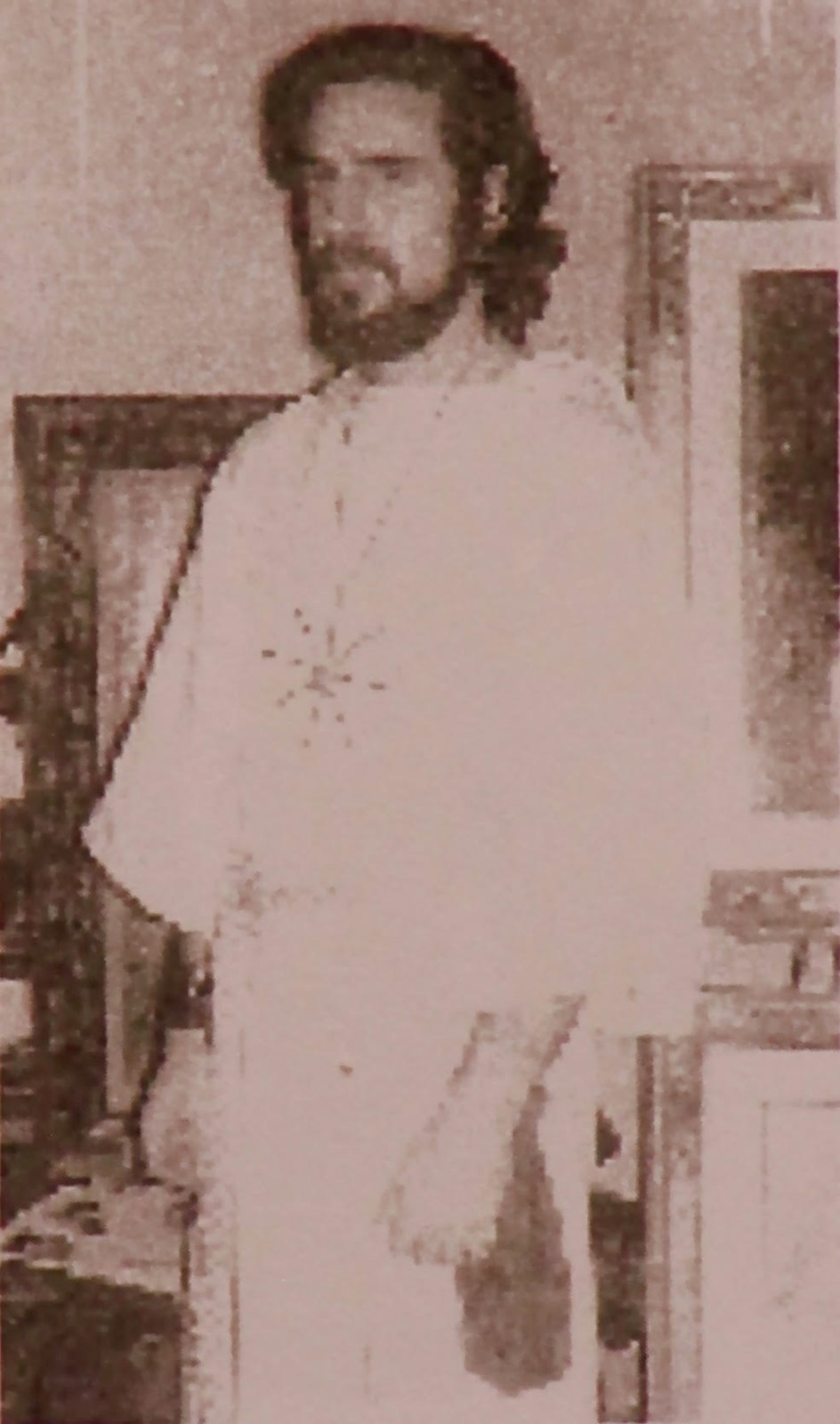



By Ross Eric Gibson
The first time Joanne Copeland saw Terry Brickley at San Mateo Junior College in 1949, he was an outsider, dressed in a motorcycle jacket, jeans and boots. The handsome, 6-foot tall, 175-pound man was leaning against his custom convertible which he’d painted black (including the chrome), with a black upholstered interior. He was the perfect image of a rebel without a cause, rebelling in general against “the system,” its corporate hierarchy, cliquish insiders, strict religious authority and dehumanization. He embodied the Beatnik spirit, where dark forces were fought in the arts: with beat poetry, music, dance, sculpture, crafts, paintings and satire. Terry Brickley became an artist after mocking an exhibit and thinking he could do better.
Childhood
Just 45 minutes before Father’s Day, 1932, Joe Brickley became a father, when his son was born in Palo Alto June 19. Joe Brickley nicknamed him Skeeter. At age 2, the family moved to Southern California, where Skeeter grew up. The prevailing theory that asthma like Skeeter’s was just a psychosomatic need for love and attention offended his contrarian mother, Evelyn. Many asthma cures were tried, including a treatment comprised of inhaling the toxin belladonna. In 1941, his family took him to New York to visit relatives. While eating in an automat, air raid sirens went off, which they learned announced the attack on Pearl Harbor and the U.S. entry into World War II.
Skeeter felt he was kicked out of the family at age 10 (1942) when he was sent to a school for boys, which was less about education (classes only between 8 a.m. and noon) and more of a boot camp to treat asthma. The school practiced the old T.B. sanitarium-style fresh air therapy with windows open day and night all year, the boys wore shorts without shirts, even for year-round outdoor sports, had limited contact with parents and were only known by number, Skeeter being called “Number 62.” He’d been forbidden milk at home due to his asthma, but when the school forced him to drink it, he discovered it had no bad effect, angering him at being deprived due to superstitions.
Always the smallest in his class, Skeeter got out of that school in 1945 at the end of the war and took his father’s stage name: Terry Brickley. His father was a dashing hoofer who appeared in Busby Berkeley musicals, the image of romance and sophistication to which Terry aspired. Terry changed schools so often, he was always the new kid, the outsider, and learned before long never to put down roots. Relationships were often temporary and moved from one to the next. Yet, while he could be brutally blunt spoken, at other times his empathy and gentleness helped those who had little of it in their lives.
In 1948, the family moved back to San Mateo. Terry returned to his birth region as a stranger and entered his fourth high school in two and a half years, being his eighth school altogether over nine years. He changed personas as often as he changed schools, having little idea who he was. At 15, he entered his senior year a drinker, a Bohemian and car mechanic, graduating in 1949 at age 16. He went to work at Columbia Steel in Pittsburg, California, working the graveyard shift and the swing shift to save up some money. From working at the steel mill, he’d bulked up.
Joanne Copeland knew instantly that he was a rebel when she saw him on campus. The other guys wore ties, letterman jackets, sweater vests and argyle socks. Joanne and Terry went out, just long enough to terrify her father over this wild nonconformist dating his daughter. She then went out with Terry’s best friend, Howard Gingold, while remaining friends with Terry. A third boyfriend put Terry in the hospital with a severe beating for talking to Joanne. She moved to Bel Air where she worked as a model for photographer Edward Weston, then became an airline stewardess until she married “Tonight Show” host Johnny Carson (1963). As with many of his friends, Terry and Joanne stayed in touch the rest of their lives.
In 1953, Terry was a bartender at San Francisco’s famed folk singer and comedian venue, The Hungry I, perfectly matching his hungry “id” or mind. A romance led to a seven-month marriage. Terry was devastated at where he was by age 21: an alcoholic, flunking out of three colleges, with a failed marriage. One bright spot was that his lifelong asthma had cleared up. Then in February 1954, Terry got drunk at a party and drove off a cliff, flipping the car three times. He was hospitalized over six months for surgeries, with his right arm and hand paralyzed for a year and a half. In 1955, Terry lost a job at the phone company when he nearly electrocuted himself. His aunt Phebe told Terry a man was looking for someone to make industrial models. Terry loved making art and felt this was right up his alley, so he started as an apprentice model maker.
Two weeks before marrying Nancy Lawrance, Terry had another car accident, damaging his face so he couldn’t eat for a while. His new model-making prowess got him hired for jobs at five top firms. Then in 1959, he started having strange symptoms, tingling hands, then numbness. This became a problem when he started burning his fingers without realizing it, which resulted in Terry being fired.
Terry’s surgeon recommended spinal taps and psychiatric evaluations, fearing it might be a brain tumor. Nancy had endured three miscarriages and figured they’d better not have children before knowing his prognosis. Then she got pregnant. So in the summer of 1960, Terry checked into a Redwood City hospital for two weeks of tests. The diagnosis came back: Probable multiple sclerosis.
Shock
This was devastating. He was told he’d notice his “hands and legs aren’t working very well, and that’s going to get worse. You’re very apt to lose bowel and bladder control.” Out of work, he received Valium to limit his anxiety over this diagnosis. He took 40 to 50 milligrams a day with Scotch to the point his M.S. didn’t bother him, and he dismissed his falling down as just drunkenness. His denial made the symptoms seem to disappear. He put off as long as possible using a cane, which he feared would soon devolve to crutches, then a permanent wheelchair.
On Feb. 1, 1961, Nancy gave birth to their daughter, Tori (“Little Bird” in Japanese). Due to hemorrhaging, Nancy stayed in bed the first year of her daughter’s life. This made Terry the caretaker, which mitigated for the moment the shock of his diagnosis. Terry came to identify with Bill Bigelow in RoDgers and Hammerstein’s “Carousel,” a well-meaning but tragically flawed outsider who takes his frustrations out on his wife. Terry realized his brilliant model-making career was over, and he began drinking more as his physical impairment increased, leading to outbursts of anger, smashing televisions on three occasions. Terry later realized the doctors shouldn’t have disregarded the psychological impact of newly diagnosed MS patients and their need for family supportive services.
Then in 1966, Terry was asked by a waitress if he could give her a ride to Bridge Mountain in the Santa Cruz Mountains. The trip changed his life. Founded around 1957, it predated human potential movements, located on Alba Road near the town of Ben Lomond. Its communal center was in a 1900-era horseshoe shaped hunting lodge. Bridge Mountain sought to help people discover their unconscious potentials through art, relaxation, dance and group encounter sessions. There were no connections to the outside world; no TV, radio, newspapers or phones. The philosophy noted while it didn’t share many of the values, goals or customs of contemporary society, it didn’t advocate avoiding society but creating one’s own resources, authority and independence within that confine.
Terry took a two-week Bridge Mountain workshop, then moved into a nearby cottage. He wrote in one workshop that he’d had a feeling of being trapped in his life, headed toward a dark future. There was something about this inner journey at Bridge Mountain that helped Terry over a couple of months to quit cold turkey his smoking, drinking, taking prescription drugs and popping Valium. He shed himself of the chemical blinders that dulled his senses but never dispelled his anxieties.
He found he could walk without a cane if he was barefoot. He was often shirtless, too, like his days at the asthma school. He was undergoing a transformation, leaving the bleak helpless outlook of the beatniks, and become a long haired, barefoot hippie in 1966 when the term was coined. After participating in workshops for nine months, Terry joined the other eight staffers giving workshops and served on the board of directors.
Terry started researching psychic healing, hoping for any advantage in his illness, no matter how unorthodox. Many of the art-related workshops were run by Dena Wartsbaugh, who said her mother, Marguerite, was a mystic, giving weekly lectures on spirituality and metaphysics at her Saratoga home. Mama and Papa Wartsbaugh had a major part in running Bridge Mountain. Terry attended Marguerite’s discussions, which included the teachings of Madame Blavatsky, founder of the Theosophical Society in 1875, who once had a turn-of-the-century theosophist colony on Loma Prieta. Topics included reincarnation, the nature of the soul, psychic experiences and spiritual karma. She also spoke of psychic healer Edgar Casey, channeling information from other times, as well as being a channel for healing. Soon Terry was giving pain mitigation massages, with positive feedback, and feeling a strong power coming through his hands.
Yet in November 1968 he began using Canadian crutches with elbow grips. This gave him better control, but changed his self-image into “a person with crutches.” His close relationships suffered as he attempted to adjust to an unwanted reality, as if somewhere he could find a more acceptable existence. He never realized that the reality he wanted was the one he was about to build.
This article is based on a 2025 biographical manuscript of Terry Brickley’s life, written by Sally Jorgensen, his life partner during his last dozen years.
Next time: Brickley and the Accessibility Revolution.


 PREVIOUS ARTICLE
PREVIOUS ARTICLE
